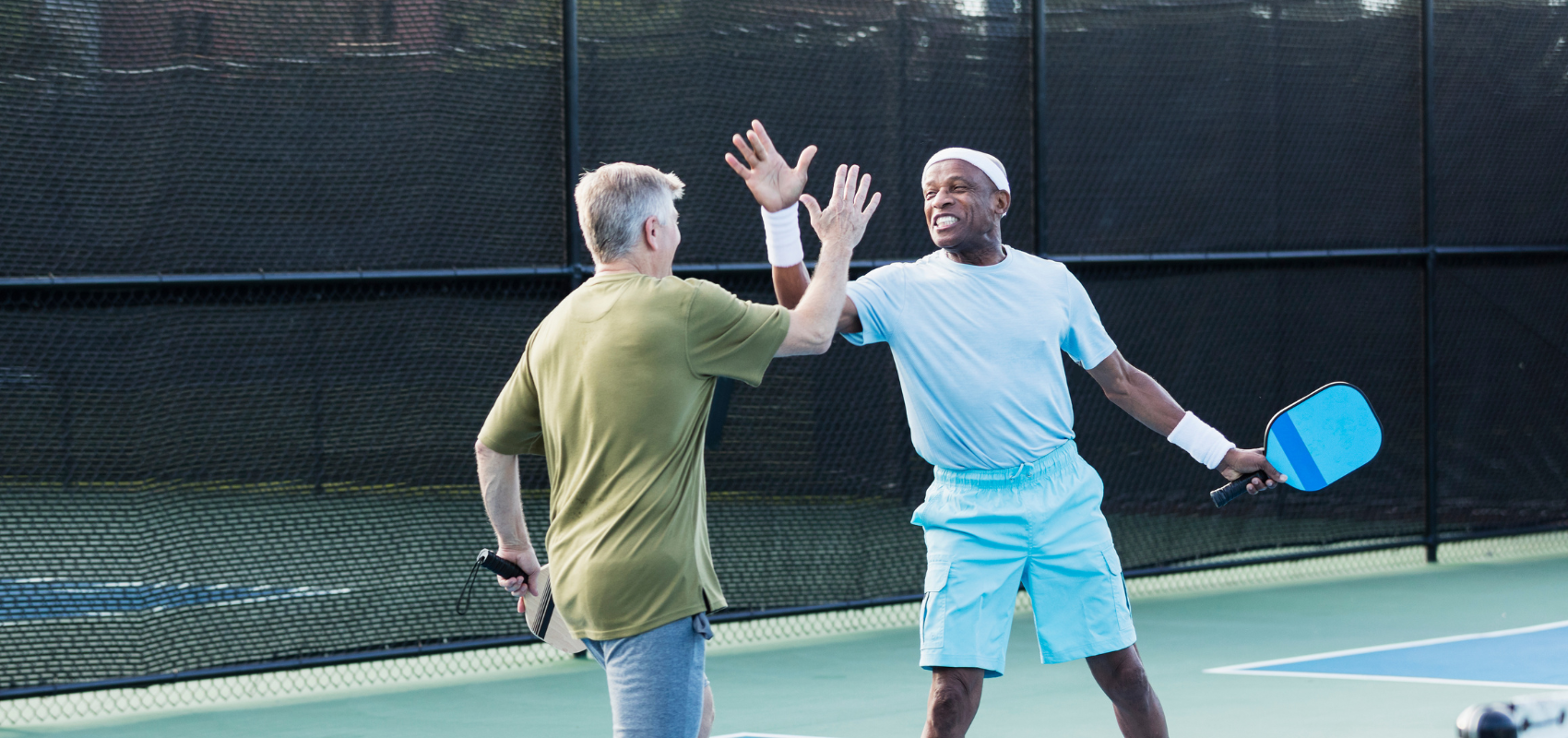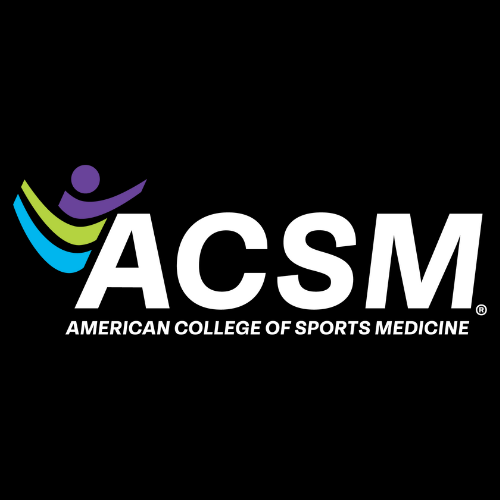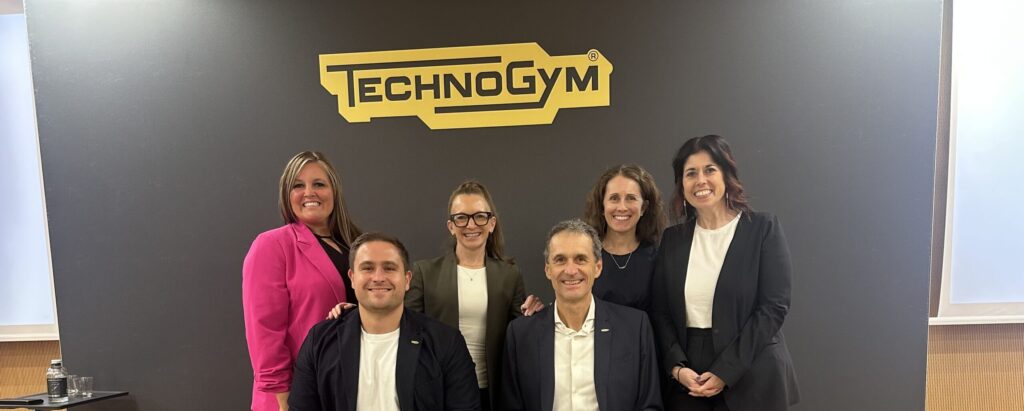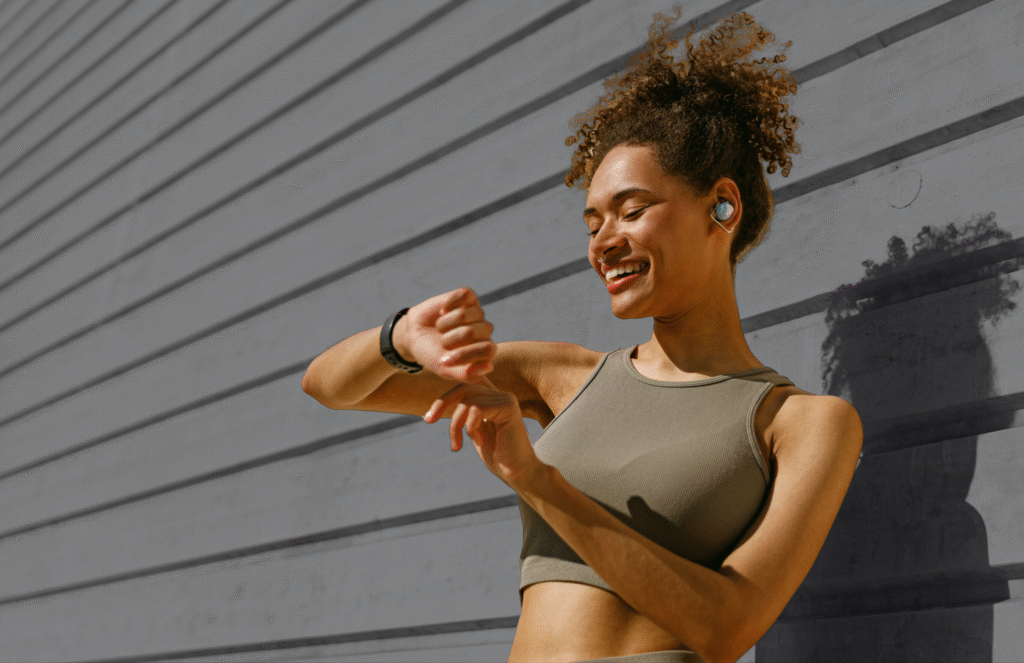Industry-presented blog from ACSM sponsor Therabody.
Active adults over 50 have decades of wisdom and experience — they’re part of a generation that’s redefining what’s possible in fitness and sports.
While post-workout recovery may look a little different in your 50s and 60s than it did in your 20s and 30s, this shift allows you to be strategic and intentional before, during, and after exercise.
The key is taking a well-rounded approach to recovery through nutrition, hydration, sleep, and activity. Fine-tuning your recovery can be your competitive advantage when you step on the court on game day.
This guide explores how recovery shifts with age and shares practical ways to recover properly from workouts so you can perform at your peak.
Your body’s evolution: Why recovery looks different in your 50s+
As we age, protein synthesis slows, muscle mass declines, and hormones responsible for growth and development shift to a catabolic state. [1]
Exercise helps to counteract these physiological changes.
Exercise puts beneficial stress on the body. It creates microscopic tears in the muscle, and your body repairs this damage to build back stronger. [2]
However, age-related changes can mean you’re sore for longer post-workout.
“Muscle fibers don’t bounce back as fast. Tendons and ligaments lose some of their elasticity and strength, making them more prone to injury and slower to recover,” says Dr. Pamela Peeke, Women’s Health Physician.
These shifts change what your body needs to recover effectively: adequate protein, proper hydration, quality sleep, and active recovery become essential. [3]
Think about it like an equation: Performance + Recovery = Peak Performance Potential.
Here’s a playbook that covers the “recovery” portion of the equation that can keep you coming back to the field, court, and pool ready for your next workout.
Recovery strategies that enable fitness for seniors
Recovery is the body’s active process of building back stronger after exercise. While your body naturally repairs itself after each workout, you can use nutrition, hydration, and sleep to improve these processes.
Eat enough protein
As you age, nutritional needs shift. Declines in estrogen and testosterone levels contribute to changes in muscle mass and can increase your protein needs. [4]
The protein that you get from foods helps to supply your muscles with the building blocks they need to recover and repair.
Adults who are 50+ should aim to get between 1.0-1.2g of protein/kg of body weight. These needs can increase up to 1.5g/kg with heavier training. [5]
In a 150-pound adult, that’s 68-82g of protein per day, or 102g of protein in the 1-2 days following a heavier training session.
Including protein in each meal helps stimulate muscle protein synthesis.
Here’s what getting 100g of protein throughout the day can look like on your plate:
- Breakfast: 1 cup Greek yogurt with almonds, chia seeds, and berries
- Morning snack: 2 hard-boiled eggs
- Lunch: 4 oz grilled chicken breast with quinoa and vegetables
- Afternoon snack: ½ cup cottage cheese with fruit
- Dinner: 4 oz baked salmon with lentils and vegetables
Tips to get more protein:
- Build your meals around protein and add in carbohydrates and color.
- Prep protein-rich snacks that you can take with you on the go.
Stay hydrated
Staying hydrated becomes even more important as you age. Total body water content decreases, making it easier to become dehydrated, especially after exercising when your body is repairing and recovering. [6]
During exercise, you lose fluids and electrolytes through sweat and increased breathing. Replacing fluids and electrolytes helps maintain your body’s ability to transport nutrients to muscles and regulate body temperature effectively. [7]
Drink about 2 cups of water in the hour leading up to your workout. During exercise, drink about 1 cup every 15 minutes, adjusting based on your workout, sweat rate, and thirst. [8]
Post-exercise, focus on replacing what you’ve lost, and drink water throughout the day. If you exercised for over 60 minutes, consider taking an electrolyte supplement or eating a banana and a salty snack.
Tips to drink more water:
- Choose a water bottle that you enjoy the look and feel of and keep it close by throughout the day.
- If getting enough water is a challenge, try adding a flavor packet or lemon or brewing herbal tea.
Focus on getting quality sleep
While you’re sleeping, your body does some of its most important mental and physical restorative work. Quality rest is essential for muscle repair and growth, cognitive function, and more. [9]
Still, 1 in 3 adults still don’t get the recommended 7-9 hours of sleep per night. [10]
Skimping on sleep doesn’t just leave you feeling tired — it impacts how your body recovers from your tough workouts. “Adequate sleep significantly enhances physical recovery, leading to improvements in power, speed, and endurance,” explains Dr. Peeke.
Here are practical tips to help you get better rest:
- Take deep breaths to activate your parasympathetic nervous system, which signals to your body that it’s time to relax. [11]
- Stick to a consistent bedtime and wake up time every day. [12]
- Lower the temperature to 65-68° F with a fan or air conditioner. [13]
- Create a dark environment with black out curtains or a light blocking eye mask. [14]
For even more sleep tips, check out this article.
Prioritize active recovery + rest days
It’s also important to prioritize active recovery after intense training sessions, competitions, or when fatigue sets in. [15] The balance between training and recovery allows your body to repair and adapt, building strength and endurance.
Active recovery — lower impact activities that get your blood flowing without excess strain — helps to enable recovery after heavy training days.
Taking full rest days from structured exercise is key during a heavy training cycle or when you’re gearing up for a competition. During periods of high training volume, aim for 1-2 rest days per week.
Top tips for building active recovery into your routine:
- Incorporate lower-impact activities like swimming or yoga.
- During tough training seasons, prioritize true rest days without structured exercise. Aim for lifestyle movement instead (like a leisurely walk), stretching, and balance training. [16]
Recovery tools
Recovery tools can enhance your body’s healing processes — helping you to get back to the activities you enjoy the most, faster and stronger.
Foam rollers and massage guns can expedite recovery. “Theragun percussive therapy improves flexibility, boosts blood flow, and reduces soreness,” notes Dr. Peeke. [17]
Heat therapy provides relief to sore muscles and promotes relaxation. Regular sauna use may also improve performance. [18, 19]
Cold therapy can help reduce pain and inflammation when used on off days or between events on competition days. [20]
When to use recovery tools:
- Try using a massage gun during your warm-up to prepare your muscles for work.
- You can also use a foam roller or tennis ball to target specific pain points and relieve soreness.
- Opt for cold therapy on rest days, avoiding after strength workouts. [21]
Key takeaways
- Vitality doesn’t come with an expiration date — prioritizing recovery post-workout can keep you on the court competing stronger for longer.
- Prioritizing nutrition, hydration, sleep, and active recovery enables you to train hard and perform well.
- Modern technology, like massage guns and heat and cold therapy, can enhance the body’s natural recovery processes and provide targeted relief.
References
- https://journals.lww.com/acsm-msse/fulltext/2009/07000/exercise_and_physical_activity_for_older_adults.20.aspx
- https://pmc.ncbi.nlm.nih.gov/articles/PMC10854791/
- https://pmc.ncbi.nlm.nih.gov/articles/PMC10317890/
- https://pubmed.ncbi.nlm.nih.gov/15640517/
- https://pubmed.ncbi.nlm.nih.gov/27338461/
- https://pubmed.ncbi.nlm.nih.gov/36599719/
- https://shop.lww.com/ACSM-s-Nutrition-for-Exercise-Science/p/9781975197162?srsltid=AfmBOopzkeeDO3JOdnzm2hdtgC8Ywo1T1VTt5NHfWPL6IucimoR1lI6Z
- https://www.eatrightstore.org/product-type/books/sports-nutrition-a-handbook-for-professionals-7th-ed
- https://pubmed.ncbi.nlm.nih.gov/28673415/
- https://www.cdc.gov/sleep/data-research/facts-stats/adults-sleep-facts-and-stats.html
- https://www.nature.com/articles/s41598-021-98736-9
- https://pubmed.ncbi.nlm.nih.gov/33054339/
- https://pmc.ncbi.nlm.nih.gov/articles/PMC6491889/
- https://pubmed.ncbi.nlm.nih.gov/34514653/
- https://pubmed.ncbi.nlm.nih.gov/18202569/
- https://pubmed.ncbi.nlm.nih.gov/18202569/
- https://pubmed.ncbi.nlm.nih.gov/18202569/
- https://pmc.ncbi.nlm.nih.gov/articles/PMC7492448/
- https://pmc.ncbi.nlm.nih.gov/articles/PMC7862510/
- https://pmc.ncbi.nlm.nih.gov/articles/PMC9896520/
- https://pmc.ncbi.nlm.nih.gov/articles/PMC4594298/
